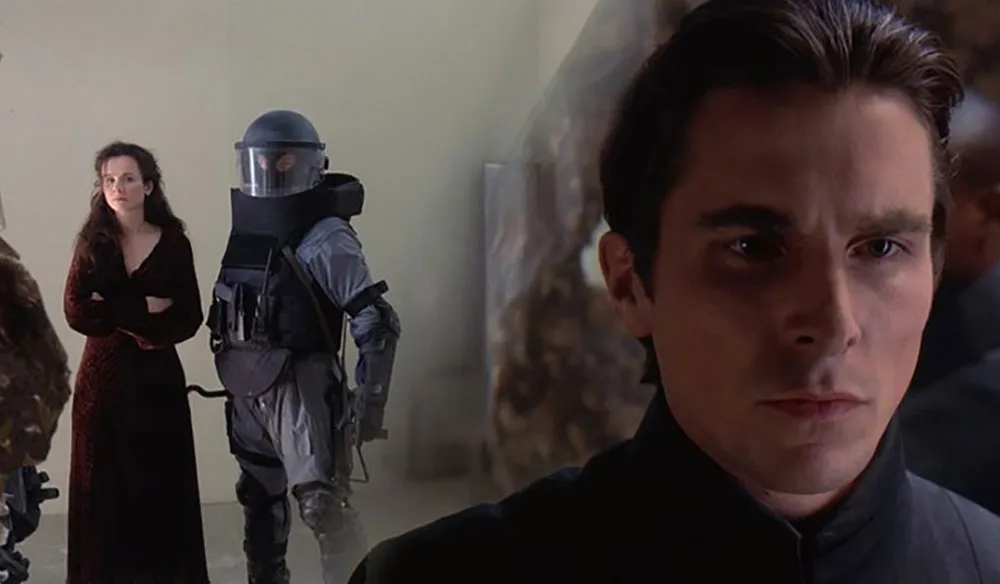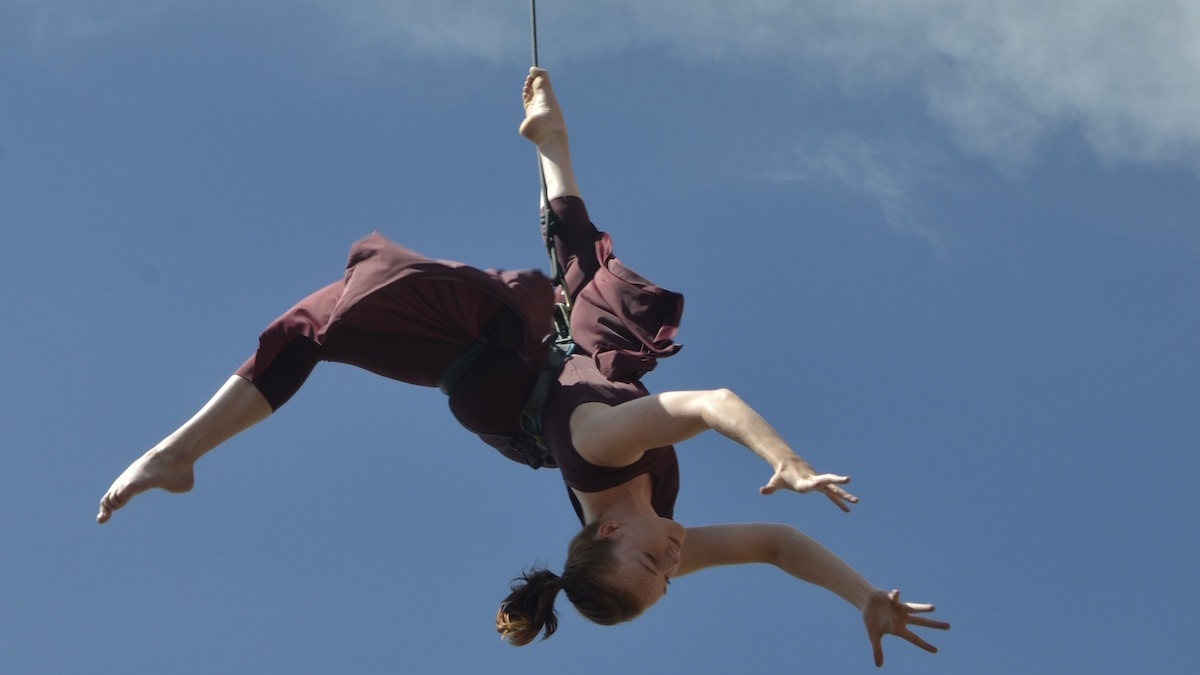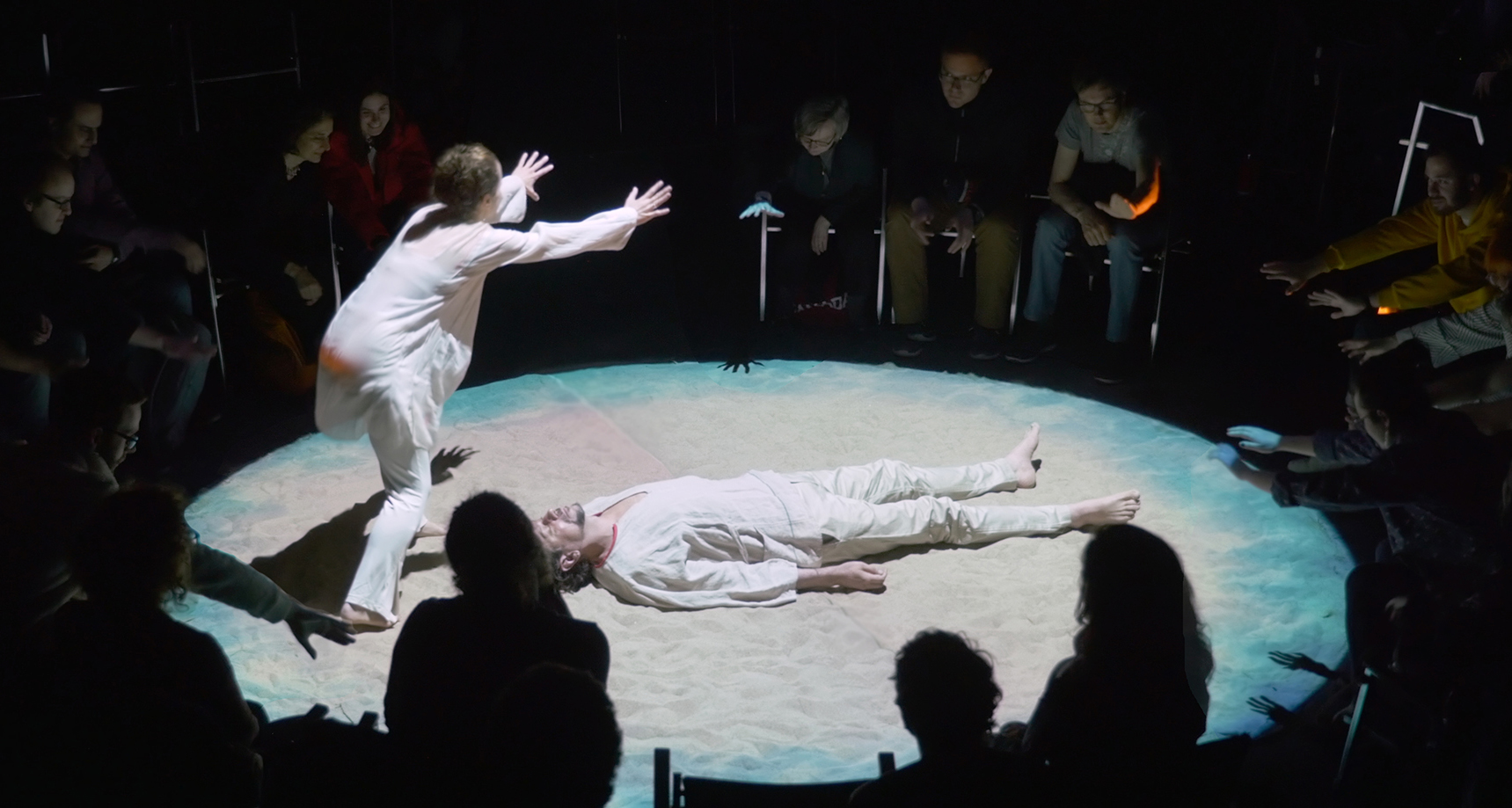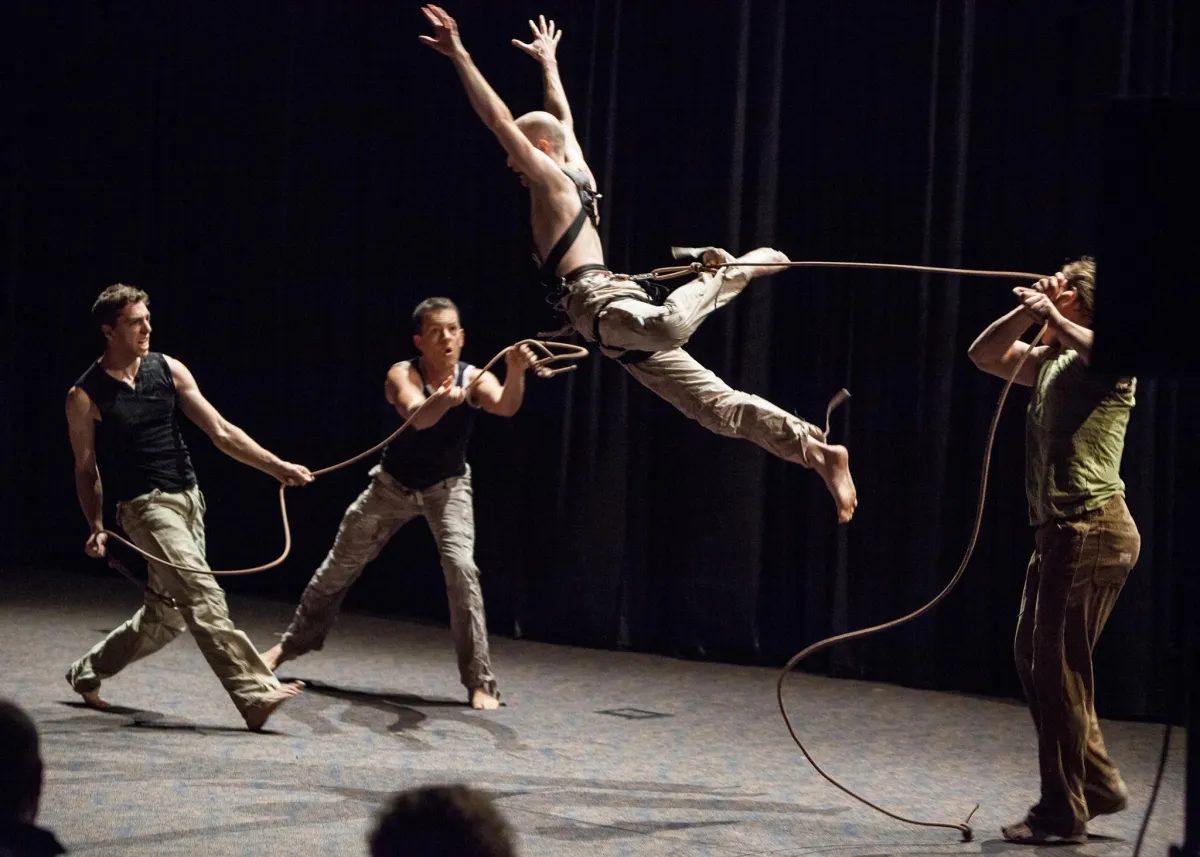The split diopter—a partial convex lens affixed to one side of a camera’s primary lens—enables two distinct planes of focus within a single frame. Unlike conventional deep focus, it doesn’t deliver continuous sharpness; instead, it offers razor clarity in both foreground and background, separated by a soft blur line. Pioneered in the 1960s and popularized through the ‘70s and ‘80s by directors like Brian De Palma and Robert Wise, this optical trick was a staple in classics such as Jaws, Blow Out, and The Andromeda Strain. It’s a cost-effective means of achieving complex compositions—revealing a character’s expression in the background while spotlighting another in the foreground—without relying on digital effects or cumbersome setups.
From a technical standpoint, split diopters demand careful framing. The sharp transition line between focal planes often needs to be concealed behind existing verticals—door frames, shelving—or placed in darkness, blending with the scene’s geometry. They allow filmmakers to use larger apertures, preserving light while still maintaining sharp dual focus—something traditional deep-focus setups at f/16+ would struggle to provide. This makes them especially effective in indoor or low-light environments where lighting is limited.
However, the split diopter’s aesthetic is inherently stylized. The visible blur boundary can evoke unease, surrealism, or thematic duality—ideal for tense dialogue, juxtaposition, or psychological dissonance. While some argue that its overt presence can distract viewers, many cinematographers wield it boldly to heighten drama and visual storytelling. Today, though less ubiquitous, the split diopter still appears in modern TV and animation—Watchmen, Arcane, and even Toy Story 4 have embraced its quirky, thought-provoking effect—proving that this vintage optical tool remains a powerful asset in crafting unforgettable cinematic images.





